Summary
- The Horta is a unique Star Trek alien, challenging human biases with its silicon-based biology.
- The Horta communicates telepathically, revealing a hidden depth that promotes understanding.
- The Horta’s legacy showcases Star Trek’s commitment to empathy, cooperation, and exploring the unknown.
For science fiction enthusiasts, few franchises elicit the sense of wonder and curiosity quite like Star Trek. Since its debut, this universe has introduced viewers to an astonishing array of alien species that challenge our preconceived notions of what life could look like beyond Earth. Among these unique beings stands the Horta, a silicon-based lifeform that made its memorable first appearance in “The Devil in the Dark” on the original Star Trek series. Rather than relying on the typical humanoid template, the Horta embodies everything bizarre and fascinating about alien existence, leaving fans with lingering questions about humanity’s capacity for empathy, understanding, and cooperation.
At first glance, the Horta doesn’t appear to have much in common with most creatures found in Star Trek. It is neither bipedal nor outwardly anthropomorphic. In fact, it’s somewhat reminiscent of a living, breathing mass of magma. Despite its unconventional form, the Horta managed to carve out an enduring place in the broader mythos of Star Trek, spotlighting once again the franchise’s knack for exploring new possibilities of life.

Related
Section 31 Botched Its Best Chance at Expanding the Star Trek Universe
Star Trek: Section 31 isn’t very good, but it does feature one compelling new alien race.
An Iconic Star Trek Alien Lifeform
The Horta’s introduction proved that Star Trek was interested in portraying species that went beyond rubber-suit aliens. Emerging within a mining colony setting, this creature is unlike anything the crew of the USS Enterprise had ever encountered. Its biology is based on silicon rather than carbon, enabling it to thrive in environments that would be lethal to humans. This attribute alone sets the Horta apart, since real-world carbon-based lifeforms require water, oxygen, and other elements that might be scarce on certain planets.
Because the Horta look like a kind of pile of magma with giant veins, it was something that even once the miners realized what they were dealing with, they had a hard time adapting. However, the Horta, through Spock were able to confirm that they actually felt as though humanoids were hard to look at as well.
However, the Horta, through Spock were able to confirm that they actually felt as though humanoids were hard to look at as well.
What the Horta does so effectively is challenge both the cast of characters and Star Trek viewers themselves to confront the unknown. Every franchise entry claims to introduce new and surprising lifeforms, but the Horta pushed that promise to the limit. Viewers learn that it is far from the malevolent beast some originally believe it to be; instead, its actions are driven by a deeply rooted instinct for survival. By the end of its episode, the Horta’s motivations hint at a moral lesson that resonates well beyond the confines of science fiction. Rather than depicting it as a mindless monster, Star Trek invites viewers to acknowledge the creature’s perspective, forcing them to re-evaluate their own biases when confronted with “the other.”
Another Revolutionary Concept In Star Trek
Despite its strange appearance, the Horta displays cognitive abilities that make it truly remarkable. It can communicate through telepathy as demonstrated when the mother Horta “talks” to Spock.
That communication with Spock allows the human miners on Janus VI to realize that when they thought they were wiping out inanimate objects, they were actually taking out hundreds, if not thousands of Horta larva. The Horta in turn fought back and then eventually struck a piece accord with the miners. In doing so, a lesson about understand that just because something looks different, it’s to be wiped away, or thought of as the enemy was erased in the original Star Trek series.
The Horta Legacy in Star Trek
Over the decades, many peculiar and compelling aliens have graced the screen in Star Trek, but the Horta stands among the most unforgettable. Its initial story arc brought forward fresh themes that resonated so strongly they have continued to reverberate in subsequent series and fan discussions. Although references to the Horta in later installments are relatively sparse, the creature’s influence can be felt every time Star Trek dives into uncharted territory to present a lifeform that defies expectation.
|
Star Trek Season 1 Episode 25 |
|
|---|---|
|
Title |
“The Devil In The Dark” |
|
Written By |
Gene L. Coon & Gene Roddenberry |
|
Directed By |
Joseph Pevney |
As one of the most striking creatures to appear in Star Trek, the Horta represents so much of what the franchise aims to accomplish: boundary-pushing storytelling, a genuine respect for difference, and the conviction that empathy is more powerful than fear. Its presence illustrates how fictional universes can serve as fertile ground for examining humanity’s capacity for open-mindedness and cooperation. Some fans might remember the Horta for its outlandish design, but beneath that rocky exterior lies a poignant commentary on what it means to share a universe with those who are unlike us.
In a fictional realm defined by spaceship battles, dazzling technology, and interstellar diplomacy, the Horta stands apart as a humble yet monumental reminder that extraordinary life can flourish in forms we have yet to imagine. Ultimately, the Horta story showcases that a hallmark of Star Trek is its commitment to enlightening rather than merely entertaining, pushing us to embrace the unknown with inquisitiveness and compassion.
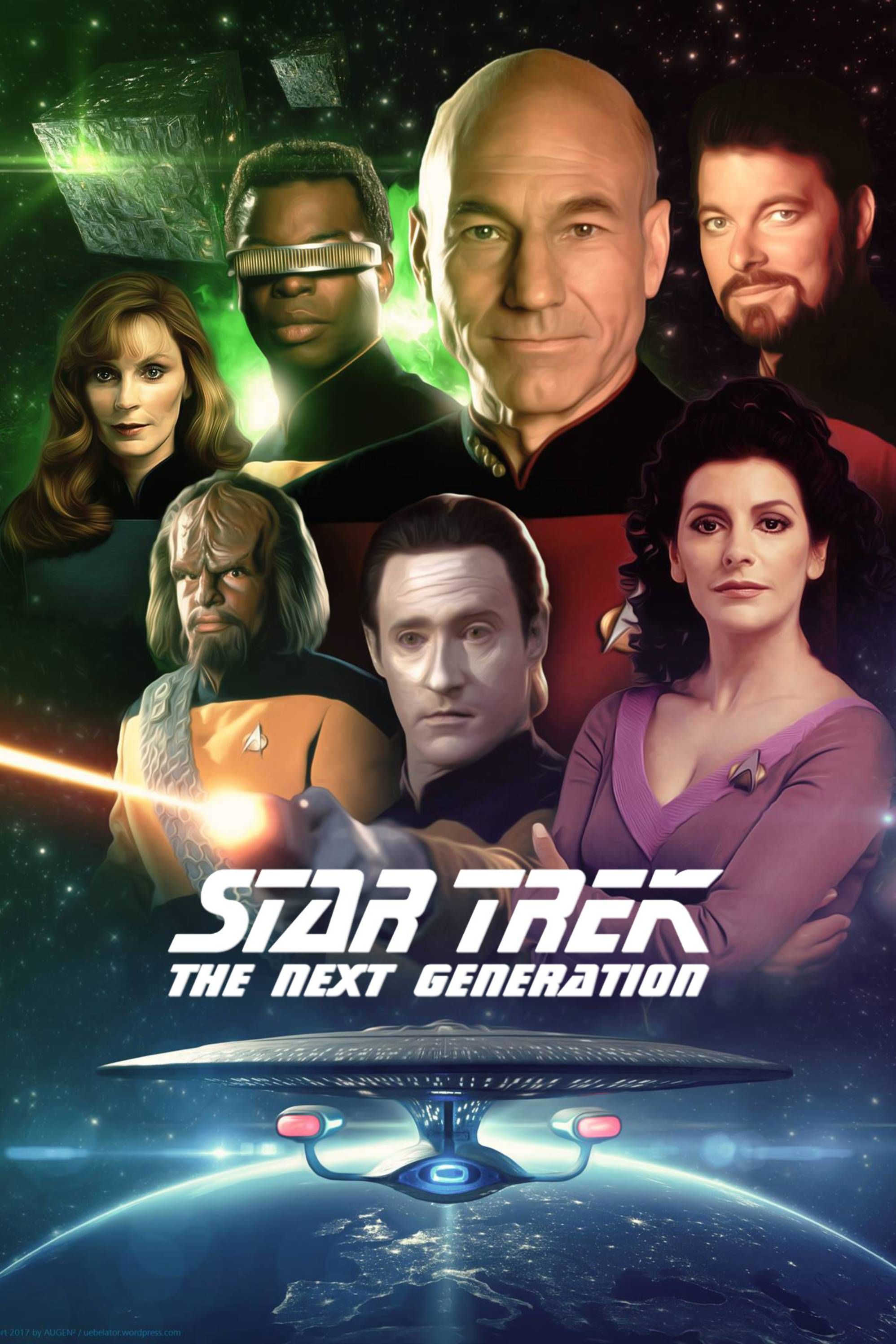

More
Star Trek: The History Of The Starfleet Insignia
A deep dive into the origins, variations, and ongoing evolution of Star Trek’s Starfleet delta emblem.


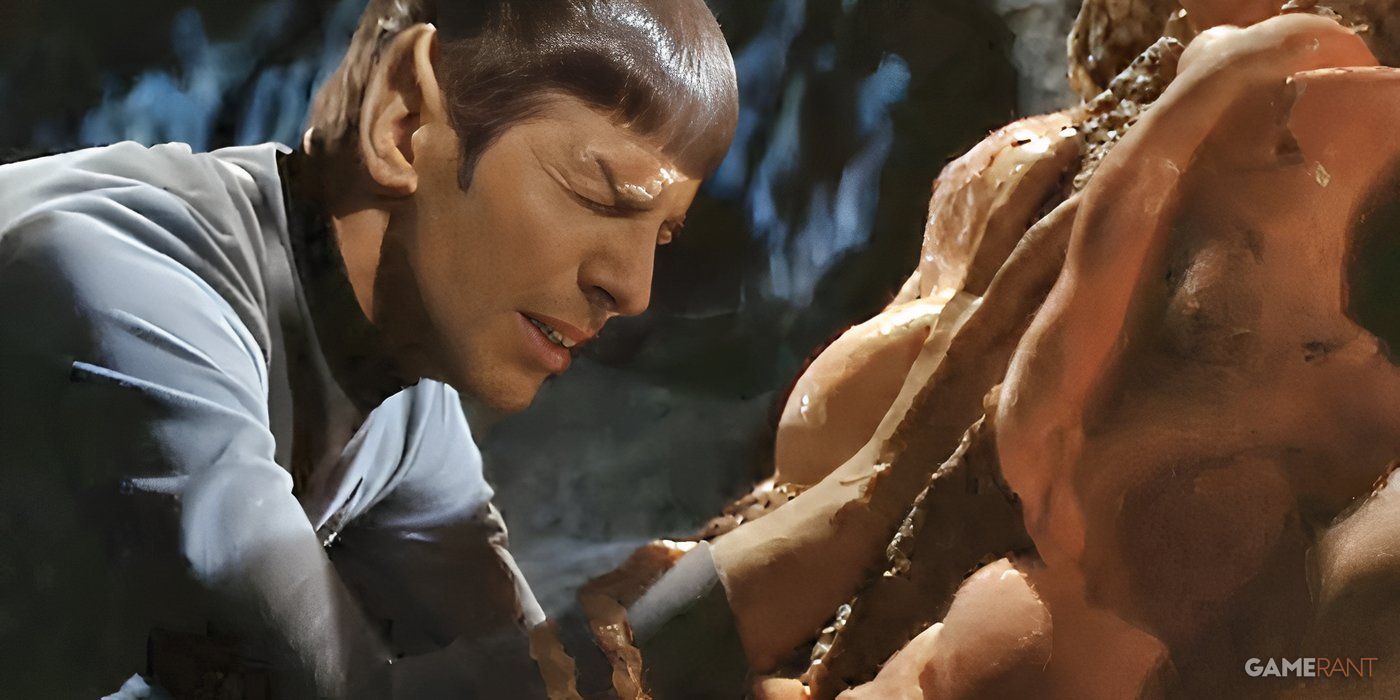

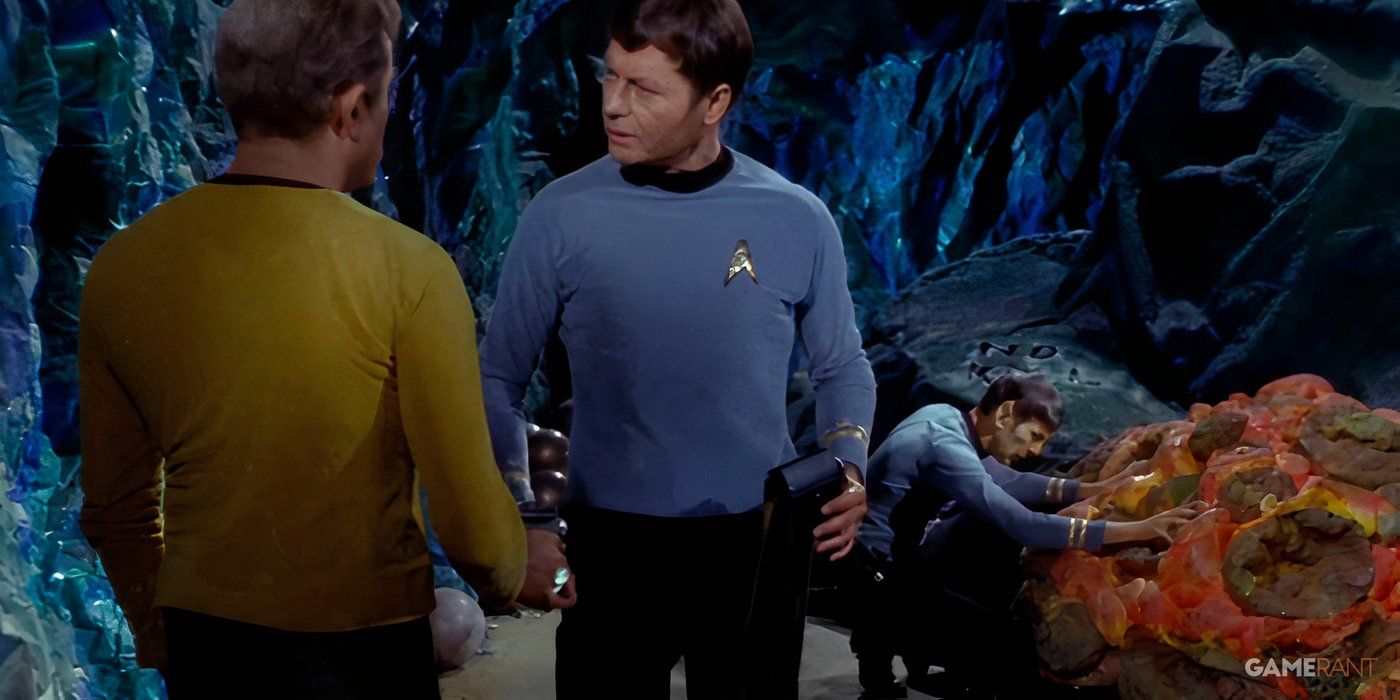

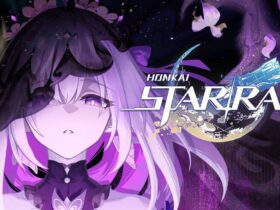


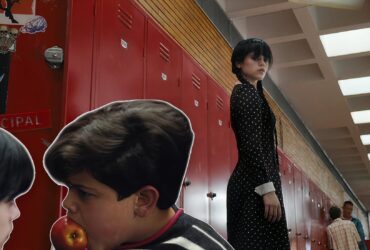


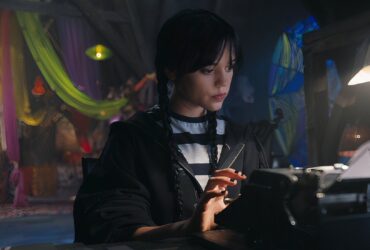

Leave a Reply